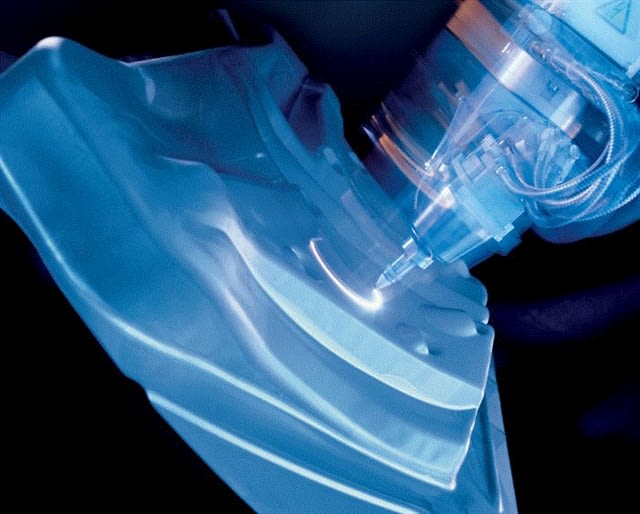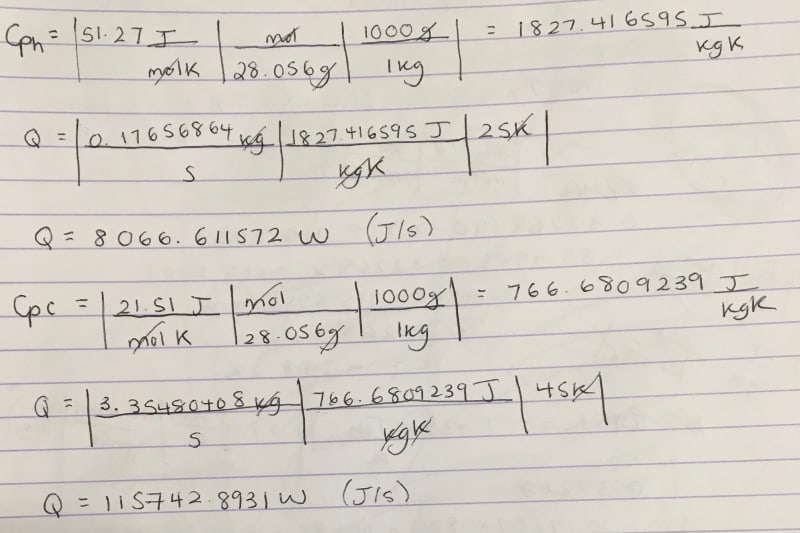SHD_
Chemical
- Feb 10, 2020
- 5
Hi!
I'm currently in the process of designing a heat exchanger (as part of a large process). I know the desired inlet and outlet temperatures and the flow rates. Ethylene gas are the both streams being heated/cooled.
I am struggling to understand the difference between Q=m.c.dT and Q=U.A.dT and what cp values to use when (as I'm aware that cp values of gas will change with temperature).
Thank you in advance for your time
I'm currently in the process of designing a heat exchanger (as part of a large process). I know the desired inlet and outlet temperatures and the flow rates. Ethylene gas are the both streams being heated/cooled.
I am struggling to understand the difference between Q=m.c.dT and Q=U.A.dT and what cp values to use when (as I'm aware that cp values of gas will change with temperature).
Thank you in advance for your time





